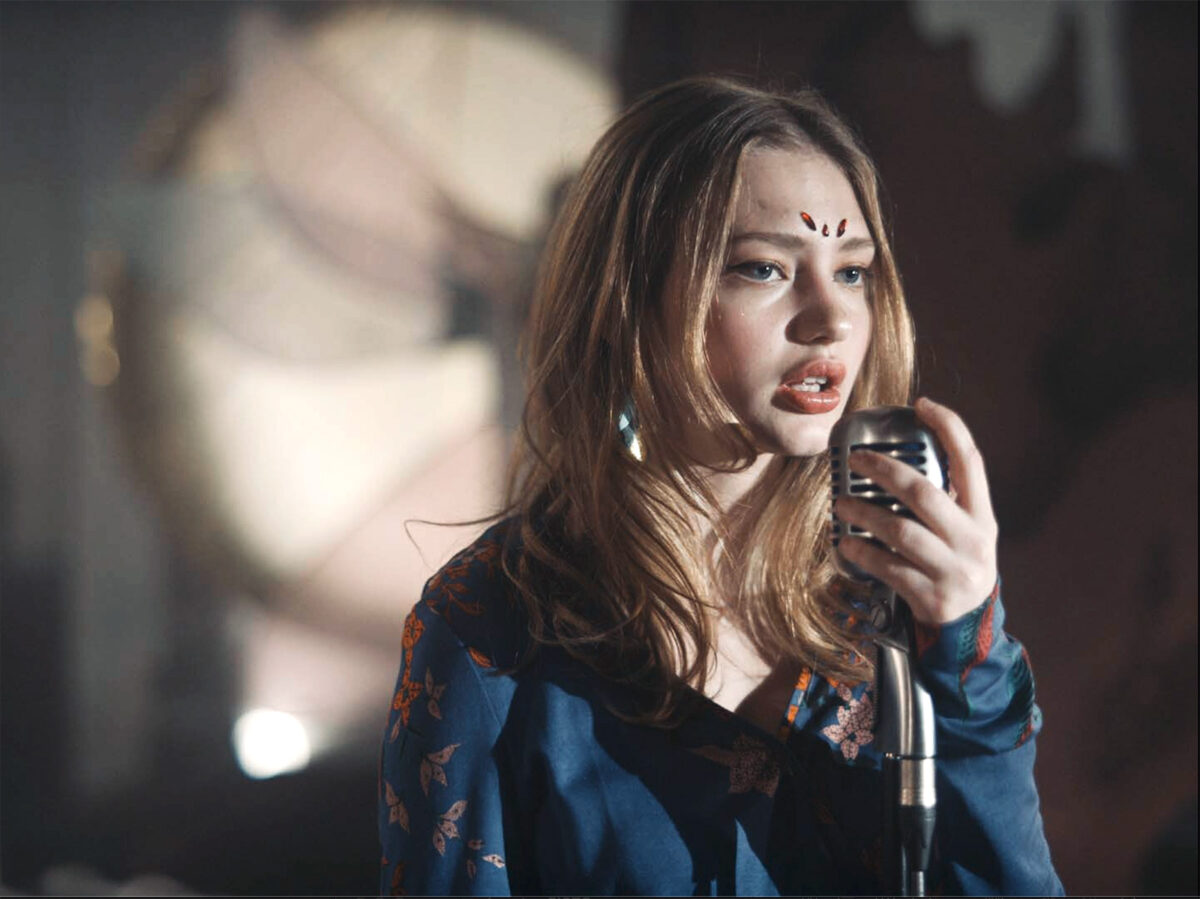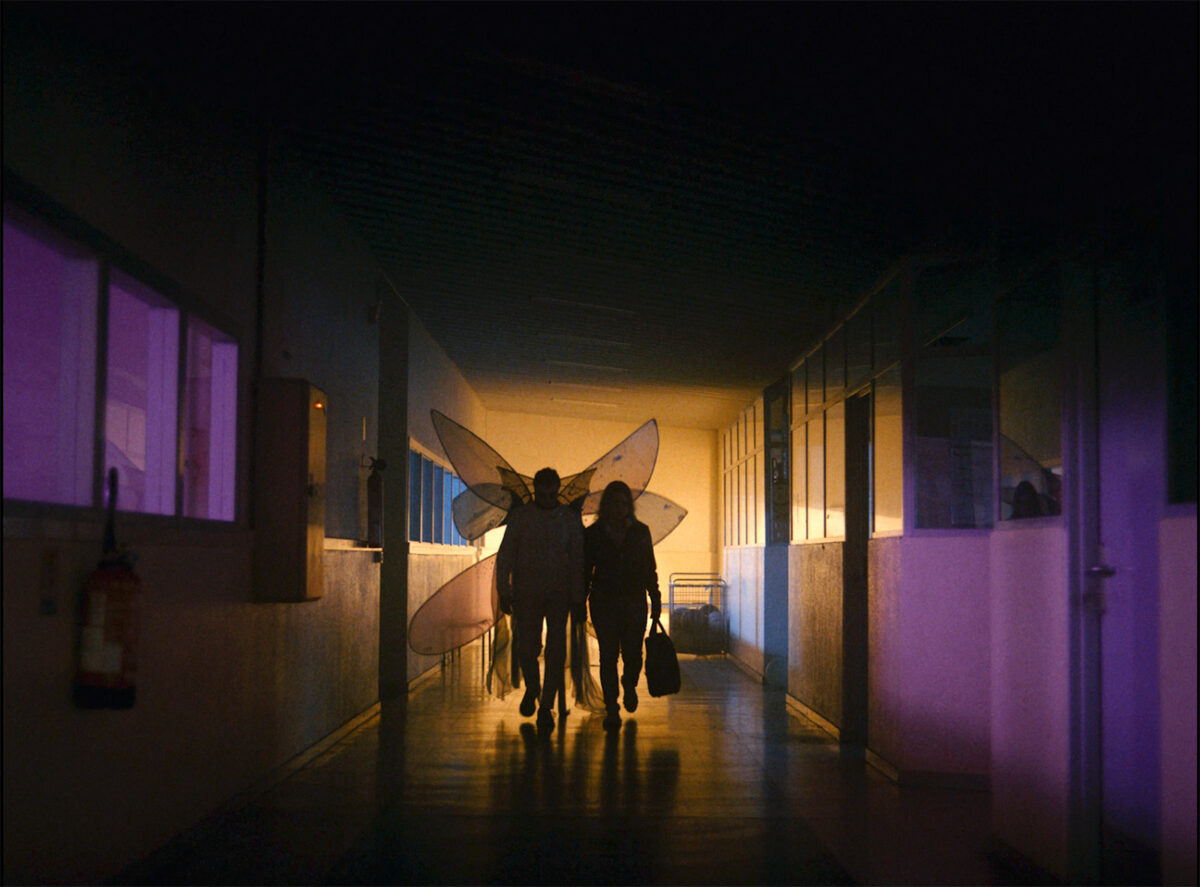Jean-Francois Hensgens on the film Normale.

Lucie is 15 years old and has a vivid imagination. She lives alone with William, her father, who, despite his appearance as a perpetually adolescent man, is struggling with multiple sclerosis. Between school, a small job, and daily responsibilities, Lucie manages as best she can and escapes through the writing of a fanciful autobiographical novel that navigates between dream and reality… The announcement of a social worker’s visit will upset this fragile balance. Lucie and her father will have to double their inventiveness to give the illusion of a normal life.

This was my first collaboration with Olivier Babinet, and from the start, I perceived a very poetic and offbeat universe in him. This strongly impressed and excited me to embark on the rest of our adventure.
Adventure is definitely the theme of “Normale”, a story dreamed up by Lucie (Justine Lacroix) and forms a powerful duo filled with tenderness and benevolence with William (Benoit Poelvoorde), her father. These are qualities that are very present in Olivier.

Very quickly, we agreed on the references that would feed the visual style of the film. Mainly films from the 80s with Donnie Darko at the top of the list. The film’s dark and poppy feel, on the edge of being bad taste, inspired me a lot. We also drew inspiration from American Beauty, all of the Coen brothers’ films, and Ghost World… We also regularly discussed Fish Tank, the offbeat realism of the film but especially the 1.33 format which challenged us to integrate recurring visual elements such as power pylons. It Follows a more recent film that Olivier introduced me to, much to my delight, was also a reference. But also the photos of Julien Magre that I adore.


I was able to do comparative tests with a Sony Venice 1, a Red Monstro, and a Red Komodo. As for optics, I compared a series of Black Wings and a series of Canon K35, a series of Leica R and a series of Leica M08 on each camera, with the aim of finding the camera/optics combination that was best suited to this project.
After having done a blind projection of the tests, we decided to use the Sony Venice 1 combined with a series of Black Wings. I was able to achieve the color rendering that I wanted, which is where the Sony is, for me, the most interesting. Its color nuances are incredible and that was a major challenge for the film. The Black Wings gave me the slightly raw aspect that I wanted, with their particularly interesting flares that came to highlight certain moments of the story.

Our goal was to show the film through Lucie’s imagination, to make her offbeat universe concrete. I used a lot of colors, more than on any other film I’ve shot, trying to be on the edge of kitsch but still avoiding overdoing it.
Having seen the final result it seems to me that Toma’s work on set design, Fred’s costumes, Jean-Benoit’s music, and my cinematography all went in the same direction, trying to translate Olivier’s unique vision.

Director: Olivier Babinet – Screenplay: Juliette Sales, Fabien Suarez, and Olivier Babinet adapted from Monster in the Hall – Director of Photography: J-F Hensgens – Production Designer: Toma Baqueni – Editor: Yorgos Lamprinos – Music: Jean-Benoit Dunckel – Production: Haut et Cour
text by Jean-François Hensgens for the AFC.
